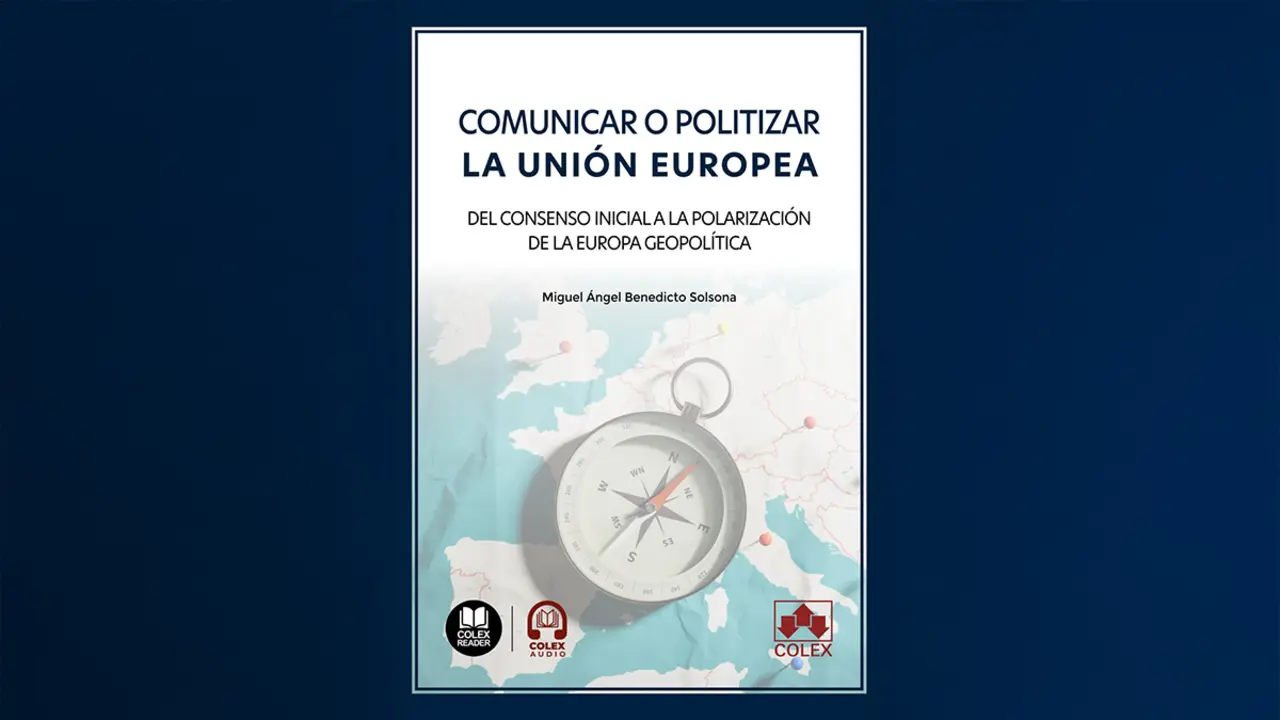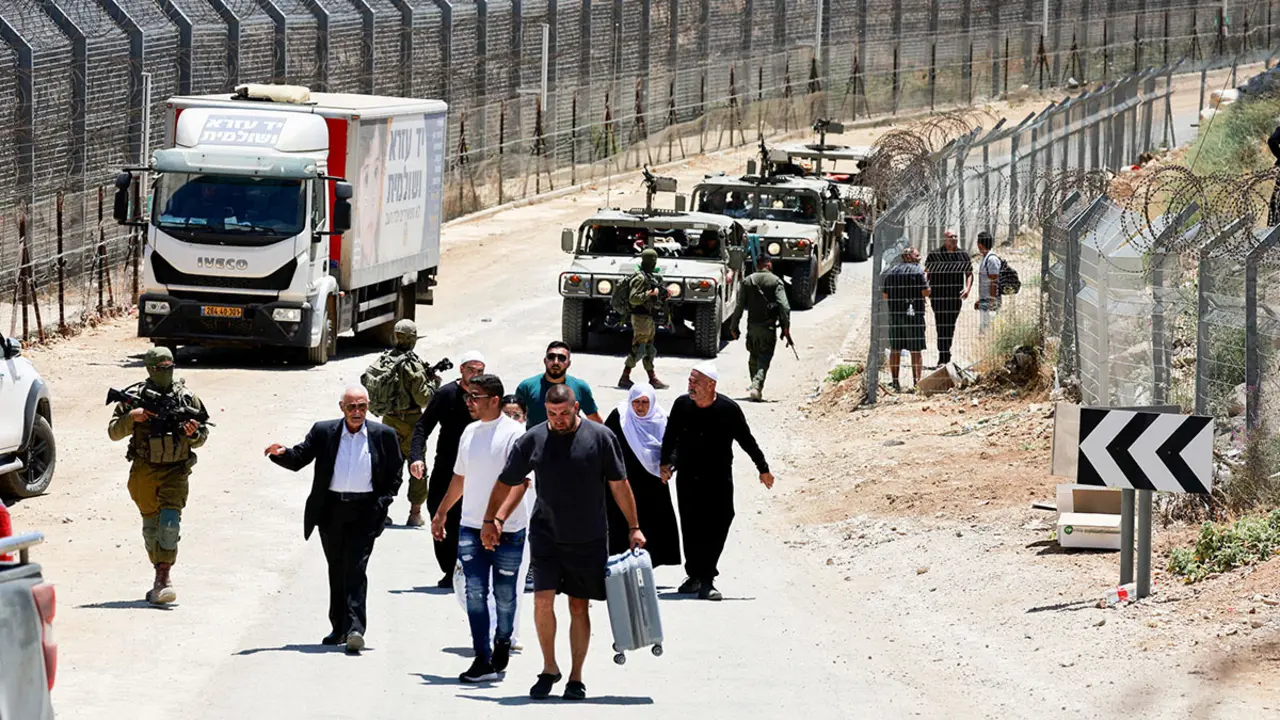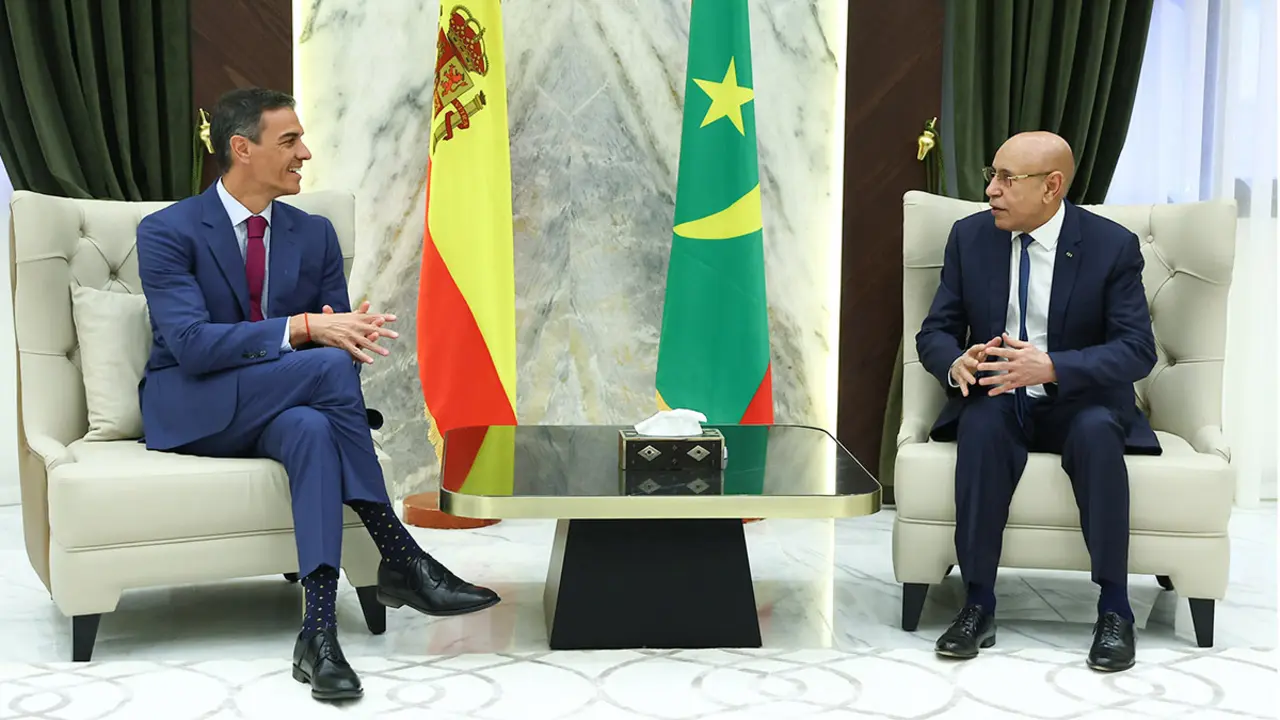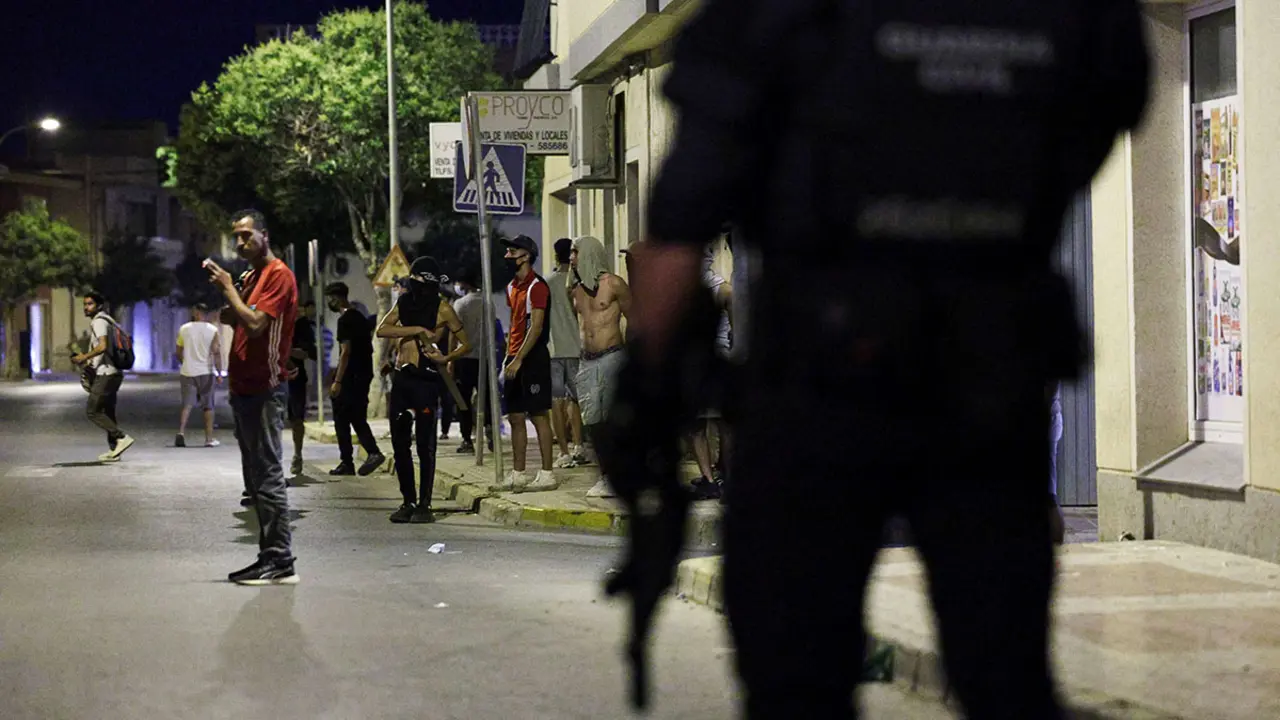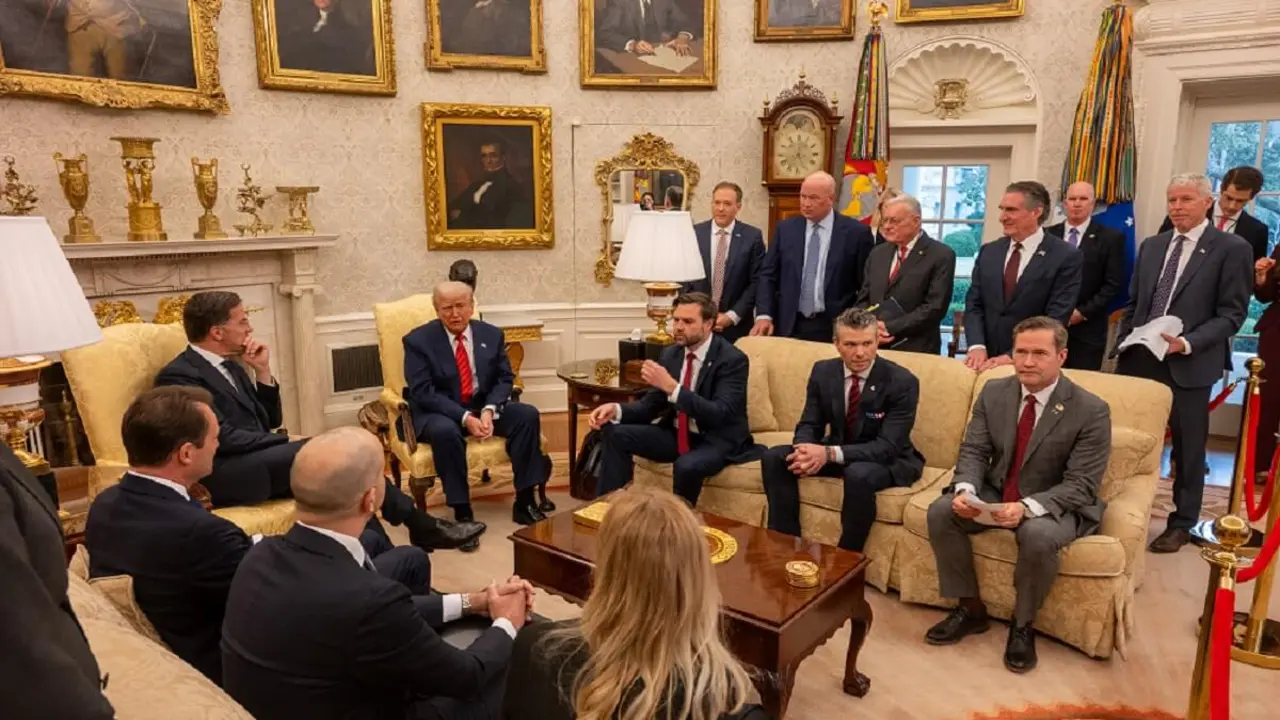Spain invests 2.5 billion euros in future European fighter aircraft
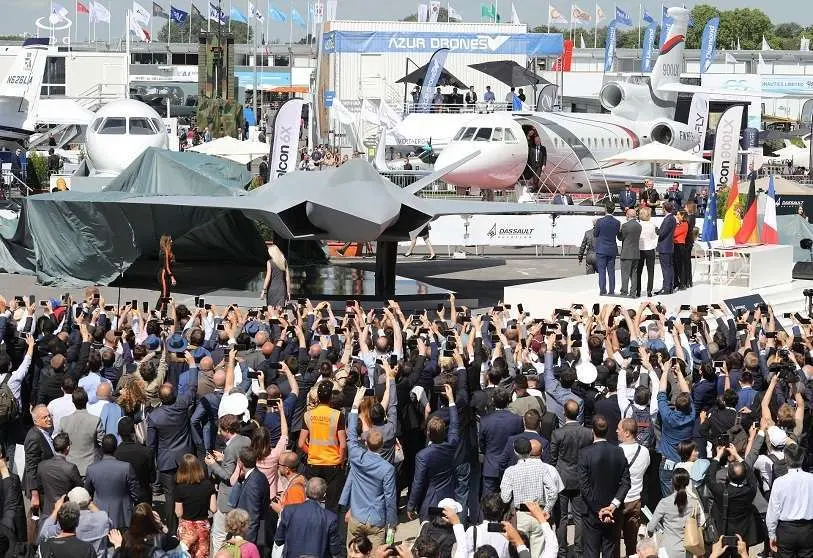
The arrival of the summer heat and the approach of the summer holidays are the dates when the Council of Ministers begins its main annual tour of investment in weapons systems. On this occasion, the multimillion-dollar purchases of defence equipment have taken a back seat to their careful synchronisation with the government's approval of the controversial draft bill regulating the rights of lesbian, gay, transsexual, bisexual and intersexual people, which has captured all the media attention.
The package of military investments and purchases in fighter planes, transport aircraft and helicopters that the Spanish government has just approved as "unavoidable" amounts to a total of 3,353 million euros, and its main beneficiary is the European multinational Airbus and directly its subsidiaries in Spain.
The collegiate decision seeks to implement the agreement reached in mid-2020 between Prime Minister Pedro Sánchez and Airbus CEO Guillaume Faury. At their meeting at Moncloa Palace on 30 July last year, the Spanish government undertook to approve in the first half of 2021 various programmes already underway in the ministries of defence and the interior, as a measure to support the national aeronautical sector, whose activity had been slowed down by the pandemic.

Under the legal formulas of transfer of appropriations and modification of the spending limit, the main investment package amounts to 2,500 million euros, an amount committed to tackle the second phase of development of the Future European Air Combat System or FCAS programme between 2021 and 2027, of which 113 million are allocated to the current year.
It is a tripartite project involving Germany, Spain and France and the main aeronautical, engine manufacturing and technology industries of these countries, including the Spanish companies GMV, Indra, ITP Aero, SENER Aerospace and Oesia/Tecnobit Group, together with Airbus Spain. This 6th generation combat aircraft project must be multi-purpose and perform air superiority, interception and ground attack missions. The aim is to equip the air forces of the three nations from 2040 and to showcase the high potential of European military aeronautics on a global scale.

The 2.5 billion that Spain is putting on the table -like Germany and France- will be used to complete phase 1B, which will begin shortly and last until 2027. Once the discrepancies between Paris and Berlin have been resolved, it will serve to fine-tune the industrial capacities that will allow Spanish industry to position itself on the same level as its partners in key technologies in different sectors. By the end of the decade, cutting-edge products for the FCAS, including the contribution of Artificial Intelligence, will be demonstrated in flight.
The second batch of purchases on which the government has embarked is the acquisition of three Airbus A330 MRTT aircraft, also agreed between Sanchez and Faury a year ago. The total budget for the purchase amounts to 675 million euros, spread over five annual instalments for the years 2021 to 2025, of which the 2021 financial year will absorb 148 million euros.
Based on the Airbus A330 passenger aircraft and known by the colloquial term "tankers", their acronym MRTT - Multi Role Tanker Transport - corresponds to the concept of multi-purpose transport and in-flight refuelling aircraft. The Spanish Air Force has lacked this type of aircraft for several years, and its entry into service will substantially improve national strategic airlift capabilities and facilitate the deployment of aircraft on missions abroad, for example, in the Baltic Sea area.

The third obligation undertaken by Sanchez with Airbus for the benefit of the Ministry of Defence headed by Margarita Robles, and which the government finalised yesterday, was to provide the Armed Forces with a first batch of 18 new twin-engine H-135 helicopters. The purchase price is 178 million euros, to be paid out between 2023 and 2027.
The Council of Ministers held on 29 June also authorised a spending commitment of 222 million euros for the Ministry of the Interior to finance the purchase between 2021 and 2025 of a further 18 twin-engine Airbus H-135 helicopters and four larger H-160 helicopters for the Guardia Civil and National Police air fleets.

The aim is to replace the veteran German MBB Bo-105 helicopters, the maintenance of which entails significant additional maintenance costs, according to the Subdirectorate General for Planning and Management of Security Infrastructures and Means.
The Ministry headed by Judge Fernando Grande-Marlaska argues that the new helicopters' configuration and greater performance in terms of range, autonomy and capacity to transport operational equipment will make it possible to reinforce missions against illegal immigration, drug trafficking and the fight against organised gangs.
The helicopter renewal plan initiated in 2003 estimated that the fleet to be provided by both Corps should total 51 helicopters. However, those currently in service do not exceed 29 units, of which 16 belong to the National Police and 13 to the Benemérita.

According to the Interior Ministry, the new aircraft should serve mainly to expand the air capabilities of both forces in the Canary Islands, the Campo de Gibraltar and the Alboran Sea. Thanks to their advanced avionics, they will be able to carry out air support operations in adverse weather conditions and with the improved safety measures provided by the new aircraft, especially the H-160, with a capacity for 12 passengers.
The engineering modifications to be made to the new Boeing CH-47 F Chinook heavy helicopters currently in production in the United States for the Army have also been approved. They will be equipped with advanced electronic warfare systems and self-protection equipment based on infrared laser or DIRCM (Directed Infrared Countermeasure) to detect and neutralise infrared-guided missile attacks.

The Spanish company Indra will be responsible for developing the electronic warfare equipment. While they become a reality, part of the new Chinooks being manufactured in the United States will be equipped with electronic warfare equipment similar to those used on US Army helicopters and with the Spanish DIRCMs, to which 35 million euros are dedicated.


